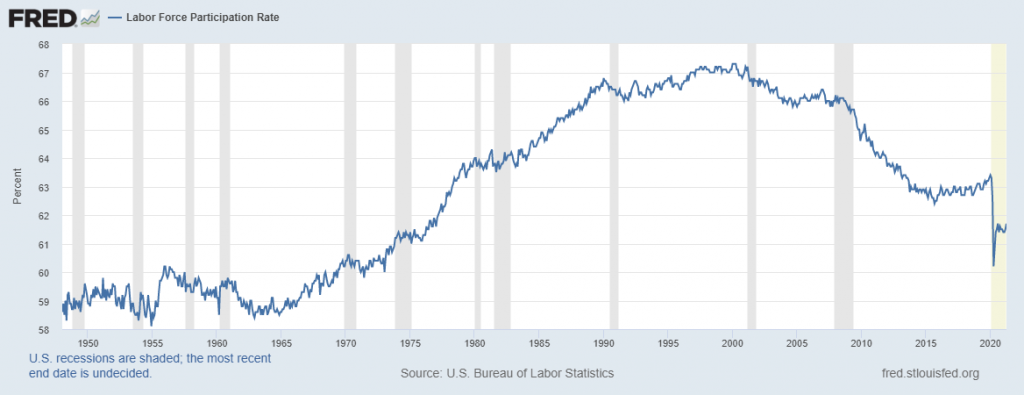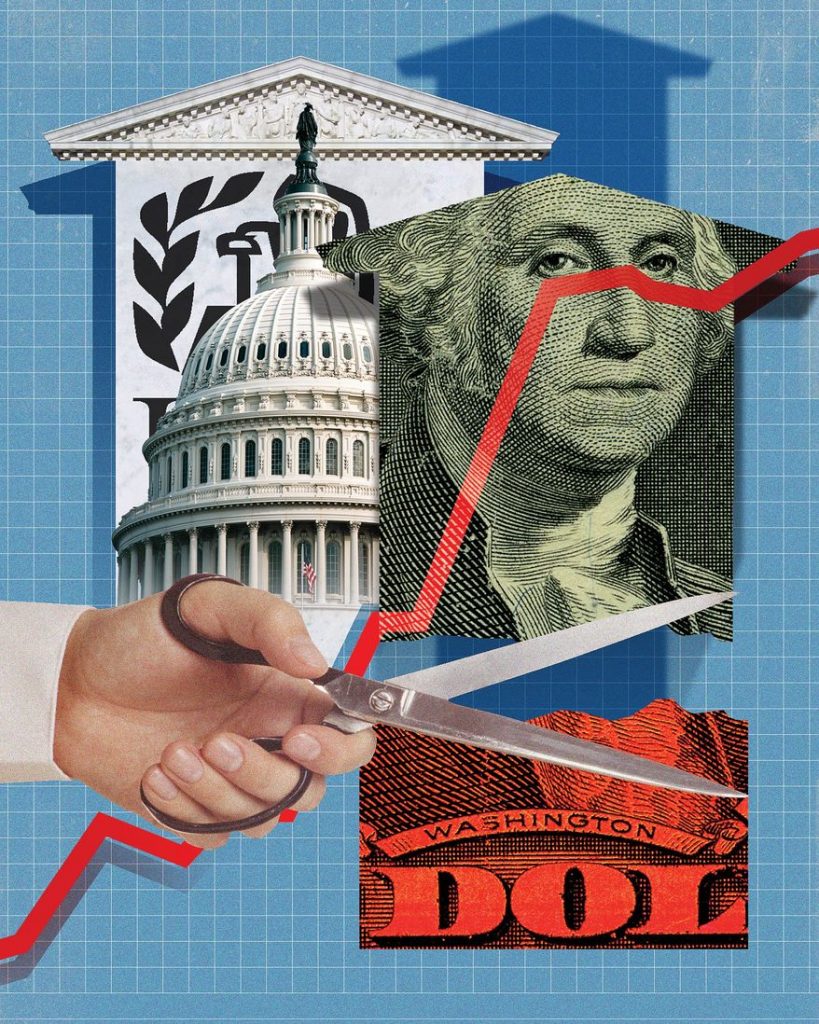Government should not be making workers’ job choices
Should all able-bodied adults take whatever jobs are available? At the moment, there are more job openings than there are people willing to take them. Many of these jobs do not require specialized training and could be filled by unemployed people — yet they go begging.
In the early 1980s, at a meeting in Hong Kong, I asked a senior official in the Finance Ministry for his explanation of their economic success. He said: “It is quite simple. If you don’t work, you don’t eat; and if you work hard, you get rich. What do you think most people do?”
The official’s overstatement was meant to convey basic Hong Kong policy, which was necessitated by the fact that their colonial overseer at the time — the U.K. — had made it clear they were not going to subsidize Hong Kong, and the small, densely populated, resource-poor territory would have to figure out how to make it on their own.
What Hong Kong chose to do was embrace economic freedom, the rule of law, and individual responsibility. There were few regulatory barriers to starting and owning a business, coupled with some of the world’s lowest tax rates. In fact, people were not left to starve, but the policies were such that everyone was better off working than not working.
The people of Hong Kong now enjoy a standard of living higher than that of the average American. Unfortunately, they have lost their civil liberties to China over the last couple of years; and if they also lose most of their economic liberties, it will not be surprising. One of the sicknesses of the socialists is they are so filled with envy, they cannot stand others being successful — and will do almost anything to destroy the successful, even if it hurts themselves.
Part of the explanation of high unemployment in the U.S. is because the unemployed are not only able to receive standard state unemployment benefits but also an additional federal weekly benefit. The federal government has also been sending $1,400 COVID-relief checks to most Americans. All of this is in addition to the considerable low-income federal, state and local relief programs that provide the equivalent of a lower middle-income living standard to many families and individuals. If you are not or only a little better off by working versus non-working — why work?

The accompanying graph shows the labor force participation rate (the percentage of the civilian adult population that is working or looking for work) for the last 70 years. From 1948 until the mid-1960s, it was fairly stable — around 58-59% of the population. It then began a rise — with some ups and downs — until 2000 where it was a little over 67%.
It then drifted unevenly downward until early 2020, where it was about 62%, just before the pandemic. As would be expected, it dropped very sharply during the shutdown, but has recovered to 61.7% at the end of April 2021. Much of the rise in labor force participation rate in the 1960-’90s can be explained by a large increase in women’s participation rate; but that is now over, with women having almost the same rate as men. The decline in labor force participation in the last 20 years has been almost entirely due to men withdrawing.
Economists had cheered the rise in labor force participation in the period up to 2000 because a higher percentage of the population at work in the measured economy meant higher incomes. GDP is largely a function of the number and skills of the workers, and the amount of capital formation (the quantity and quality of the tools that the workers have … e.g. a backhoe versus a shovel).
Many of our present labor policies were designed in the 1930s and ’40s when most work involved some physical exertion, which meant many were burned out well before age 65. Farming by manually loading bales of hay onto a wagon is totally different than farming by sitting in an airconditioned combine or even remotely operating a robotic one from a home office.
Many professionals enjoy their work and prefer it — because it challenges their brains — over a traditional retired life of doing little. Government ought not to be in the business of telling people how long they should work. Retirement at 50 or 85 should be an individual choice — without tax or regulatory penalties for such choices. If people wish to drop out of the labor force for a few years — to do nothing or retool — they should be able to — again, without penalty.
One way this might be accomplished is for each person to have a personal, tax-free, freedom account — like a greatly expanded IRA that they could draw down on whenever they choose or need to: for health, education or even a two-year vacation. The more money they put into it over a longer period of time, the more they would have to spend whenever and for whatever.
• Richard W. Rahn is chairman of the Institute for Global Economic Growth and MCon LLC.
https://www.washingtontimes.com/news/2021/may/24/rewarding-americans-not-to-work/
© Copyright 2021 The Washington Times, LLC.
